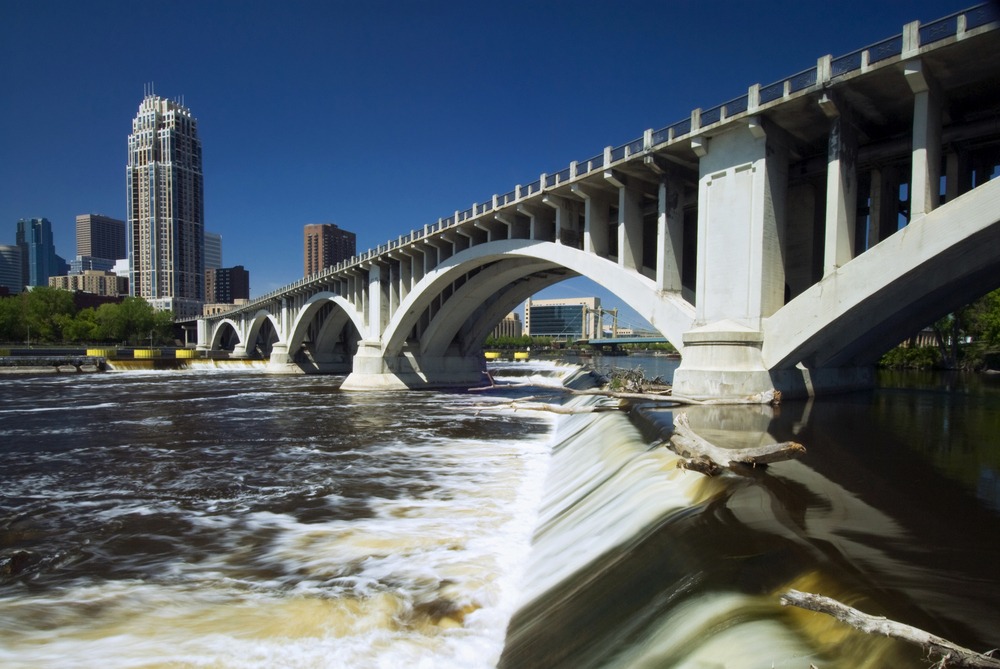
American’s bridges have been improved since the 2007 Minneapolis I-35W bridge collapse, the American Road & Transportation Builders Association (ARTBA) said, but it is not enough progress.
I-35W was undergoing repairs at the time of its collapse and was labeled structurally deficient.
Since 2007, bridge construction has increased 39 percent to $32.3 billion. During the same timeframe, highway and street construction has increased 8 percent $59.2 billion.
The number of structurally deficient bridges has decreased from 73,817 in 2007 to 55,710. At this rate, it will take 30 years to repair or replace all the bridges, ARTBA said.
The average age of a structurally deficient bridge was 60 years in 2007. Today, it is 67 years.
Bridges are evaluated on a one to nine scale. Bridges rated four or below are structurally deficient. This means they need repair, but are not necessarily unsafe.
While most states saw a decrease in the percentage of structurally deficient bridges, five states saw an increase. West Virginia had the largest increase, 174 more bridges than in 2007.
Oklahoma saw the largest decrease in structurally deficient bridges, 2,458.
There are more than 130,000 structurally deficient or structurally obsolete bridges in the United States.
Structurally obsolete bridges cannot hold current traffic loads but are still in use.